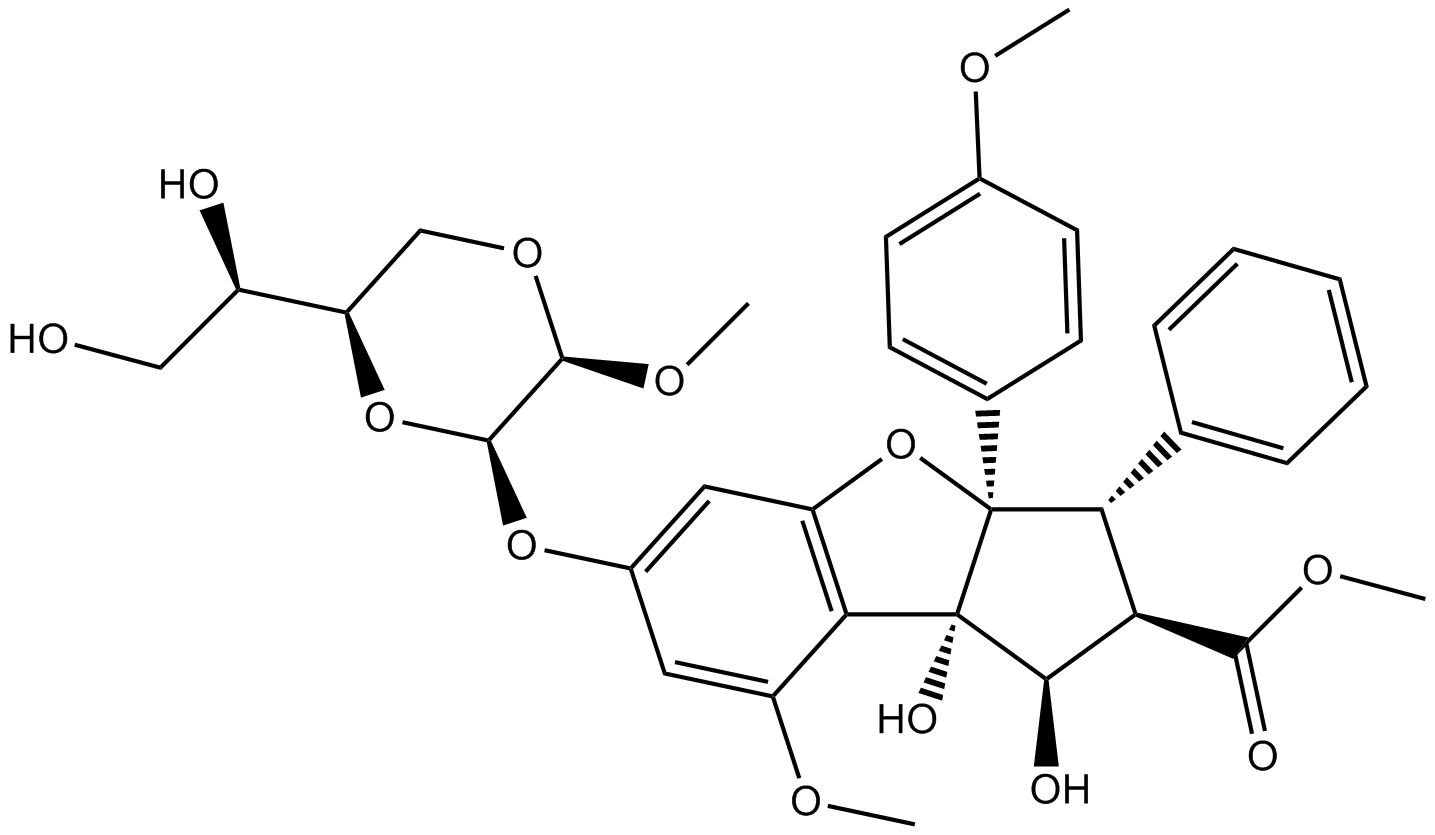Eukaryotic Initiation Factor (eIF)
Eukaryotic initiation factors (eIFs) are proteins involved in the initiation phase of eukaryotic translation. These proteins help stabilize the formation of the functional ribosome around the start codon and also provide regulatory mechanisms in translation initiation.
Eukaryotic initiation factor 2B (eIF2B) is a guanine nucleotide-exchange factor which mediates the exchange of GDP (bound to initiation factor eIF2) for GTP, thus regenerating the active [eIF2.GTP] complex that is required for peptide-chain initiation. The activity of eIF2B is a key control point for eukaryotic protein synthesis and is altered in response to viral infection, hormones, nutrients, growth factors and certain stresses.
Eukaryotic translation initiation factor 4E (eIF4E) is best known for its function in the initiation of protein synthesis on capped mRNAs in the cytoplasm. Eukaryotic initiation factor (elF) 4A functions as a subunit of the initiation factor complex elF4F, which mediates the binding of mRNA to the ribosome.
Targets for Eukaryotic Initiation Factor (eIF)
Products for Eukaryotic Initiation Factor (eIF)
- Cat.No. Product Name Information
-
GC39842
(Z)-4EGI-1
(Z)-4EGI-1 is the Z-isomer of 4EGI-1 and is an inhibitor of eIF4E/eIF4G interaction and of translation initiation. (Z)-4EGI-1 effectively binds to eIF4E with an IC50 of 43.5 μM and a Kd value of 8.74 μM. (Z)-4EGI-1 has anticancer activity.
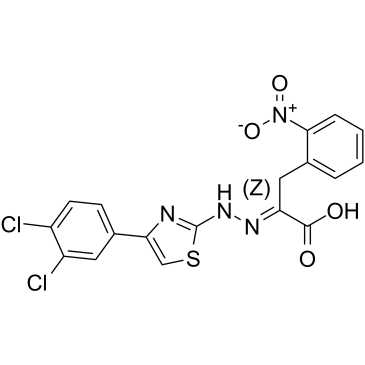
-
GC13104
4E1RCat
Dual inhibitor of eIF4E:eIF4G and eIF4E:4E-BP1 interaction
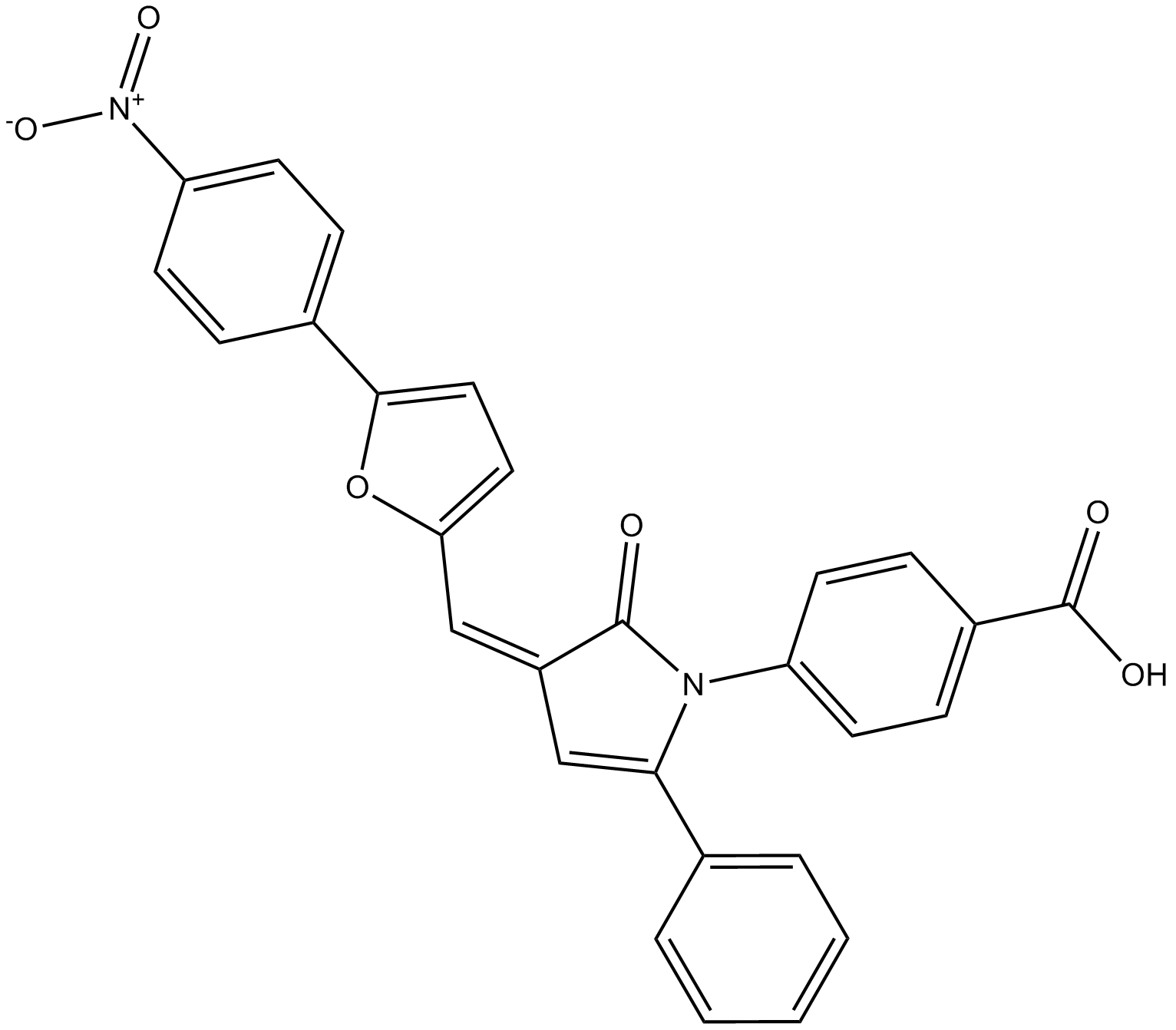
-
GC30785
4E2RCat
4E2RCat is an inhibitor of eIF4E-eIF4G interaction with an IC50 of 13.5 μM.
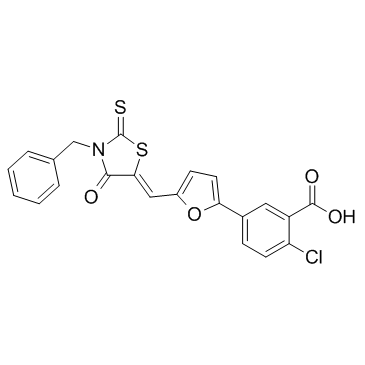
-
GC10468
4EGI-1
Competitive eIF4E/eIF4G interaction inhibitor
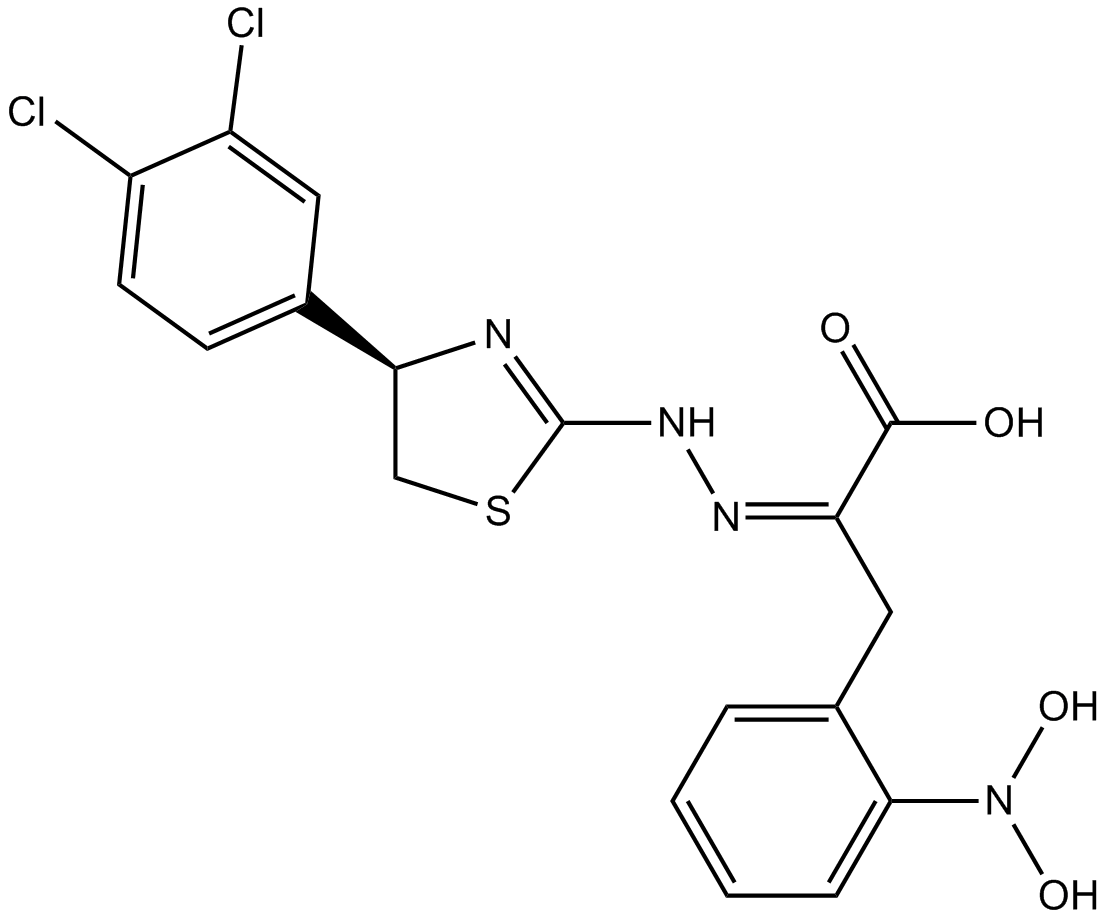
-
GC19083
Briciclib
Briciclib is a water soluble derivative of ON 013100, and has the potential in targeting eIF4E for solid cancers.
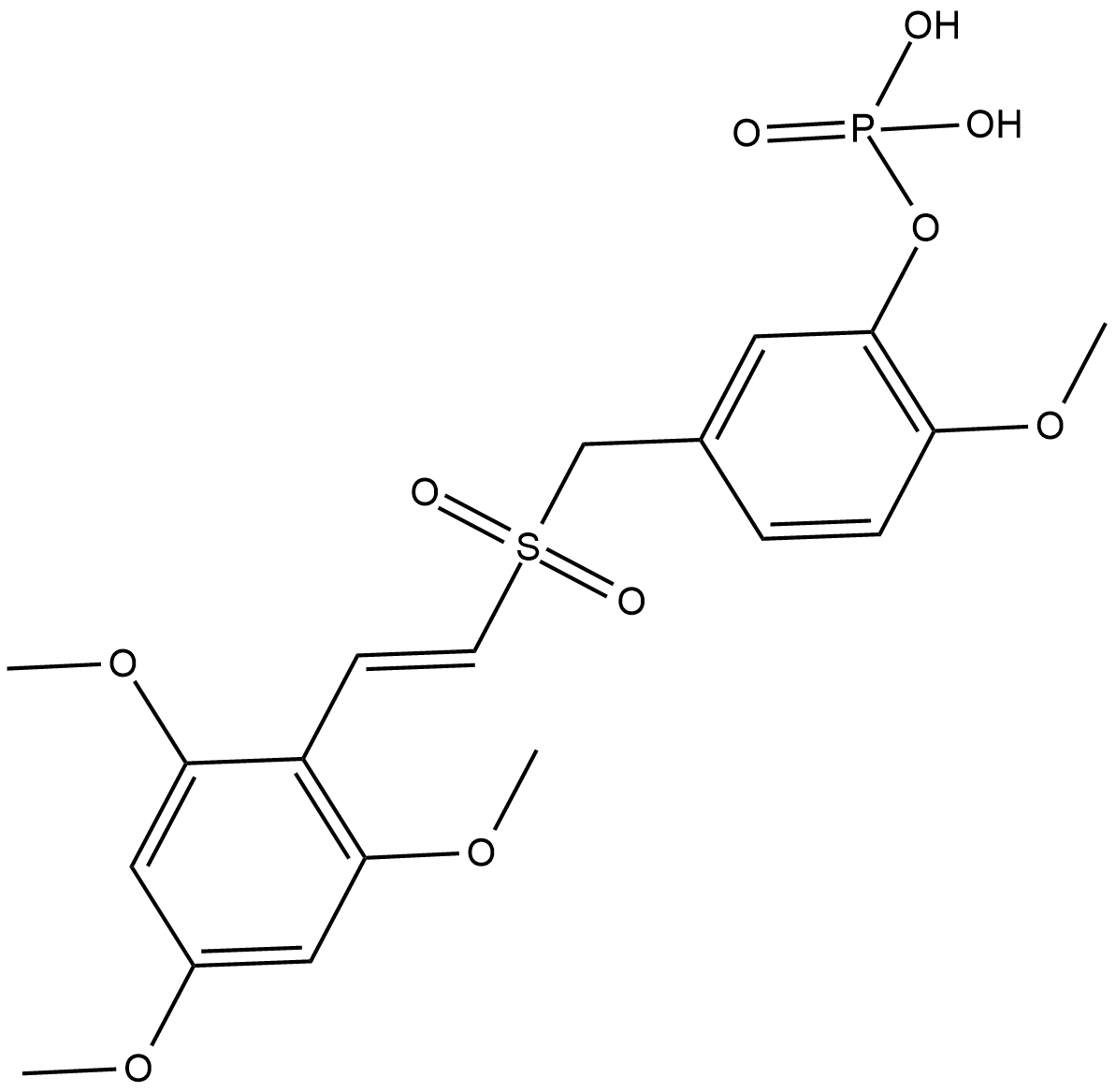
-
GC62698
CMLD012612
CMLD012612 is an amidino-rocaglate containing a hydroxamate group and is a potent eukaryotic initiation factor 4A (eIF4A) inhibitor. CMLD012612 inhibits cell translation and is cytotoxic to NIH/3T3 cells with an IC50 value of 2 nM. CMLD012612 inhibits eukaryotic translation initiation by modifying the behavior of the RNA helicase (eIF4A) and possesses potent anti-neoplastic activity.
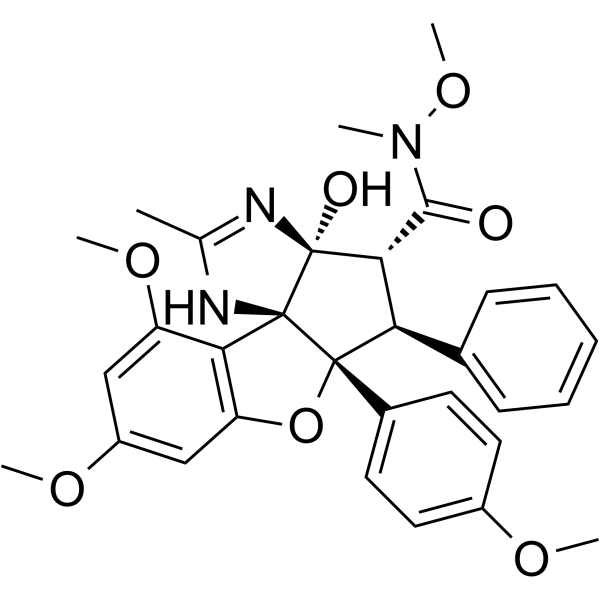
-
GC39808
Didesmethylrocaglamide
Didesmethylrocaglamide, a derivative of Rocaglamide, is a potent eukaryotic initiation factor 4A (eIF4A) inhibitor. Didesmethylrocaglamide has potent growth-inhibitory activity with an IC50 of 5 nM. Didesmethylrocaglamide suppresses multiple growth-promoting signaling pathways and induces apoptosis in tumor cells. Antitumor activity.
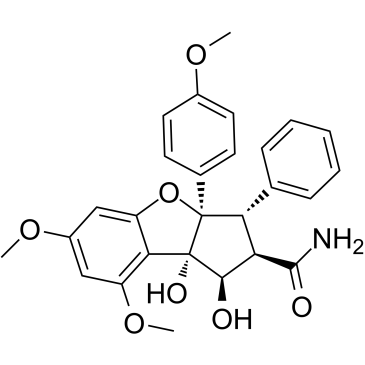
-
GC35969
eIF4A3-IN-1
eIF4A3-IN-1 (compound 53a) is a selective eukaryotic initiation factor 4A3 (eIF4A3) inhibitor (IC50=0.26 μM; Kd=0.043 μM), which binds to a non-ATP binding site of eIF4A3 and shows significant cellular nonsense-mediated RNA decay (NMD) inhibition at 10 and 3 μM and can be as a probe for further study of eIF4A3, the exon junction complex (EJC), and NMD.
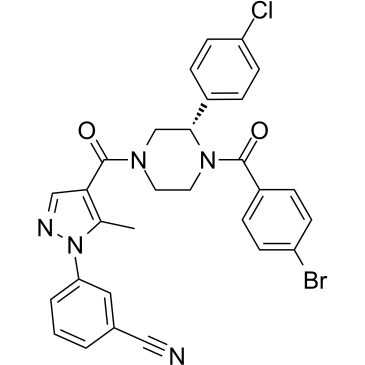
-
GC65540
eIF4A3-IN-2
eIF4A3-IN-2 is a highly selective and noncompetitive eukaryotic initiation factor 4A-3 (eIF4A3) inhibitor with an IC50 of 110 nM.
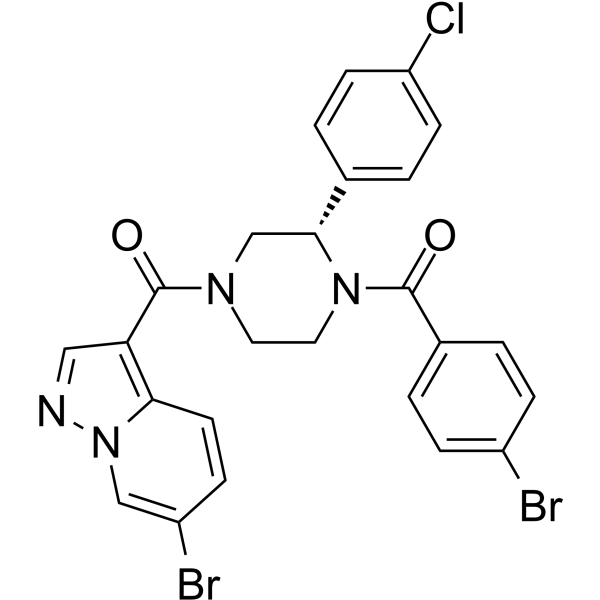
-
GC65234
eIF4A3-IN-8
4-Hydroxybenzyl alcohol is a phenolic compound widely distributed in various kinds of plants. Anti-inflammatory, anti-oxidant, anti-nociceptive activity. Neuroprotective effect. Inhibitor of tumor angiogenesis and growth.
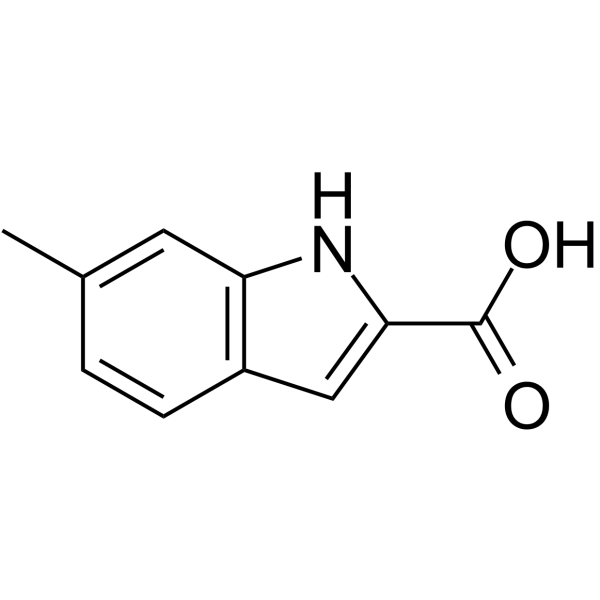
-
GC35998
Episilvestrol
Episilvestrol is a derivative of silvestrol, isolated from the fruits and twigs of Aglaia silvestris, and is a specific eIF4A-targeting translation inhibitor, with antitumor activity.
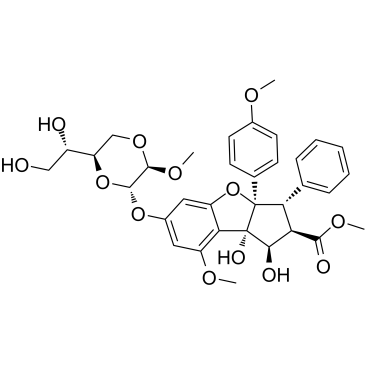
-
GC32739
GCN2iB
GCN2iB is an ATP-competitive inhibitor of a serine/threonine-protein kinase general control nonderepressible 2 (GCN2), with an IC50 of 2.4 nM.
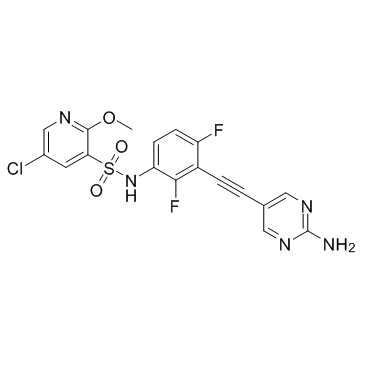
-
GC62639
rel-Zotatifin
rel-Zotatifin is the racemic isomer of Zotatifin, acts as an eIF4A?inhibitor with activity less than Zotatifin.
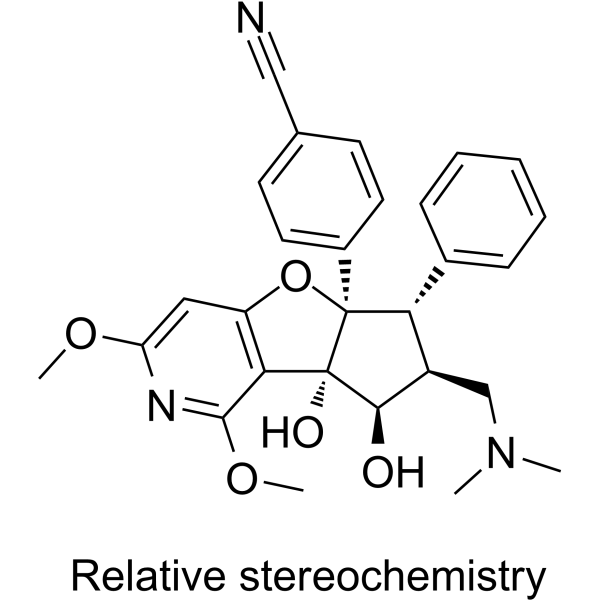
-
GC19548
Rocaglamide
Rocaglamide is a potent NF-κB activation inhibitor.

-
GC33426
Rocaglamide (Rocaglamide A)
Rocaglamide (Rocaglamide A) is isolated from the genus Aglaia (family Meliaceae).

-
GC69827
Rohinitib
Rohinitib is an effective and specific inhibitor of eIF4A. Rohinitib induces apoptosis in acute myeloid leukemia (AML) cell lines and reduces the leukemia burden in AML xenograft mouse models. Rohinitib can be used for research on AML.
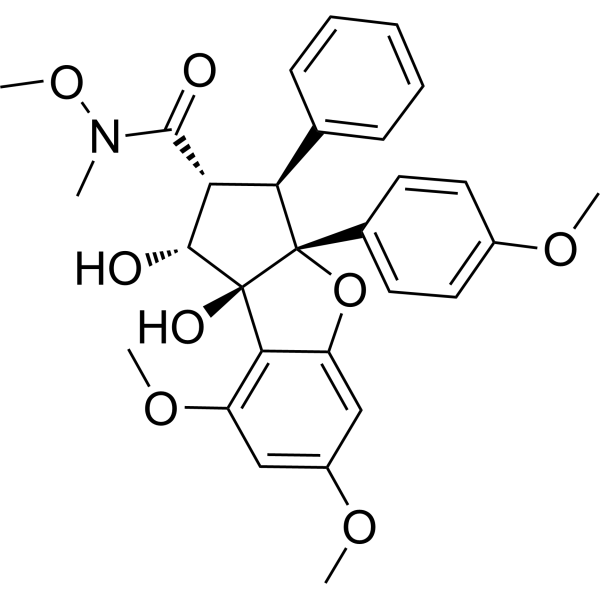
-
GC19451
SBI-0640756
SBI-0640756 is a water soluble inhibitor of eIF4G1 and disrupts the eIF4F complex
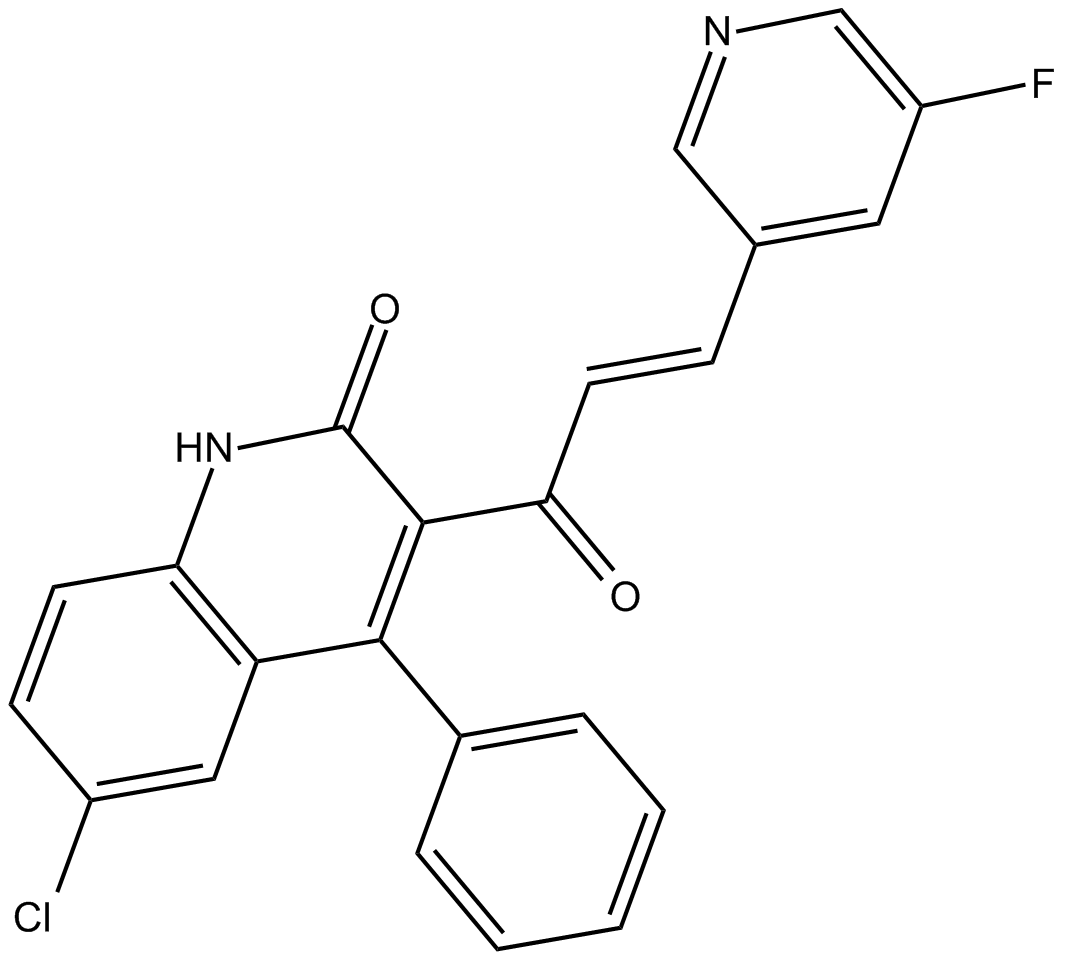
-
GC11455
Silvestrol
